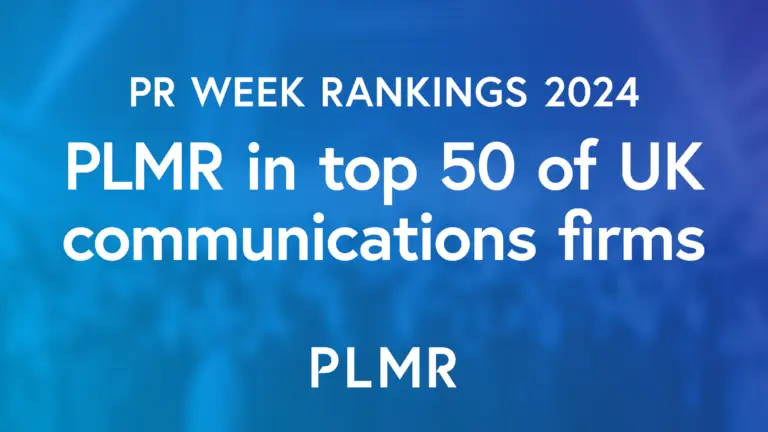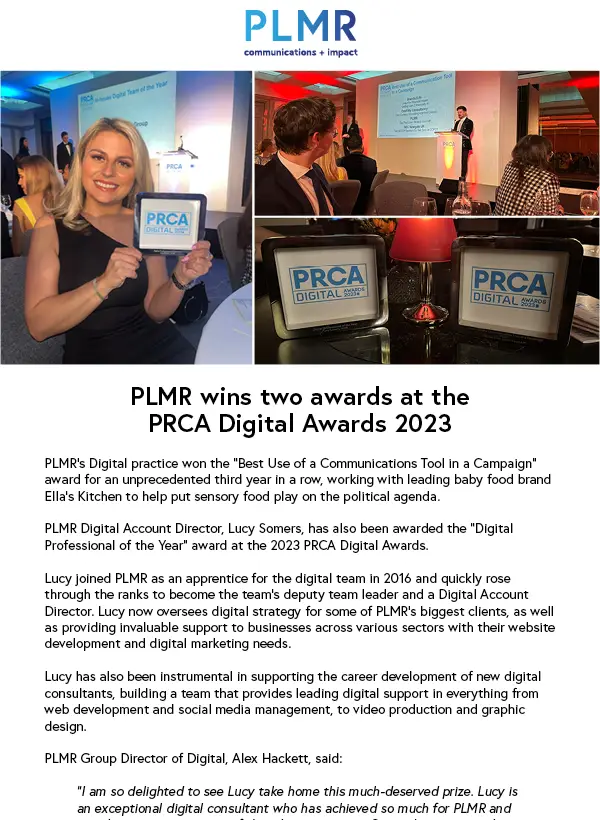When you think of female scientists or women working in science, technology, engineering and mathematics (STEM), who do you envision? Do you find it hard to think of many? If so, you’re not alone. Half of UK adults cannot name a single female scientist, and those who can (myself included) probably consider Marie Curie, maybe Ada Lovelace and more recently, possibly Jenny Harries if you cast your mind back to the gloomy days of daily Downing Street press conferences.
It was only the other week that I discovered I owe my late-night Twitter doom-scrolling sessions to Hedy Lamarr, a pioneering Austrian-American inventor (and silver screen ‘bombshell’) who devised the technology that would eventually form the basis for today’s WiFi, GPS and Bluetooth communication systems. How about Mileva Maric, Albert Einstein’s first wife, who was the only woman in her class at the Swiss Federal Polytechnic in Zurich? Mileva’s contribution to Einstein’s scientific productivity has been hotly contested, with many arguing she deserves equal recognition as a collaborator in the 20th century’s most seminal theories of physics.
Today, Friday 11th February 2022, is the 7th International Day of Women and Girls in Science, which aims to promote gender equality across all disciplines and levels of STEM globally, and works to amplify the often hidden and overlooked voices and achievements of women in the field like Hedy, Mileva, and many more. Although incredible progress has been made via sustained efforts from governments, organisations, charities and initiatives around the world, as well as a cultural shift away from ‘traditional’ expectations relating to professions for men and women, a significant gender gap still persists in a wide range of sectors.
How can schools and sector bodies work to embed a culture of inclusivity in the curriculum and avoid perpetuating this gender imbalance to encourage more girls to pursue STEM subjects and, eventually, STEM adjacent careers?
Challenging misconceptions and stereotypes
The data surrounding perceptions of STEM subjects and careers is pretty damning, with research study after research study indicating maths, science and technology disciplines not only tend to be male-dominated, but also perceived as somehow less ‘suitable’ for women. A recent survey of more than 1,300 parents conducted by educational charity The Smallpeice Trust revealed the prevalence of ingrained stereotypes, with some parents citing the “grimy” nature of engineering in failing to appeal to their ‘girly daughters’. Nearly one in 10 (eight per cent) of parents said they believed engineering was a career ‘exclusively for boys’, pointing to a lack of female role models and representation in the media and education.
The inspiring work of women in STEM has been integral in the global response to Covid-19, from the Pfizer vaccine produced by Dr Özlem Türeci, through to international work coordinated by Dr Soumya Swaminathan, the World Health organisation’s Chief Scientist. With UCAS data showing an increase of girls studying core STEM subjects, it’s clear that efforts to open up the field are headed in the right direction, so teachers should continue to champion the incredible accomplishments of ground-breaking women smashing expectations.
Teachers can confront the topic of gender inequity in STEM head-on by asking students to share their thoughts and feelings around the subject, as well as explore the factors lying behind this disparity with peers. Lesson frameworks for different STEM subjects can, at one point or another, consciously incorporate input and reference to female scientists, technicians, or engineers, to push back against this bias.
Provide hands-on, direct experience
Offering first-hand, practical experience is a crucial component of engaging more female students in STEM. For Era Shah, a former Arkwright Engineering Scholar, this experience and ability to network with industry giants was instrumental in her career path. It was through showcasing her design and technology project to scholarships sponsors that she met a representative from Costain, a construction and engineering company, secured work placements, full university sponsorship for her degree at Nottingham University; and finally a place on Costain’s graduate programme.
Fully-funded initiatives like the Arkwright Engineering Scholarship programme aim to widen access for young people from all backgrounds, including female, BAME and disadvantaged students, through a cohesive schedule of enrichment activities and learning from industry giants like the RAF, McLaren Racing and BAE Systems.
Commenting on the recent House of Commons inquiry into diversity in STEM, Era said: “For some people, it can be quite difficult to visualise yourself working in an industry where you don’t see others like yourself represented. It can create a mindset of ‘I can’t be what I can’t see’. From that perspective, we need to ensure that students can envisage themselves in engineering or STEM roles. This could mean being more targeted with ambassadorial representation. Diverse backgrounds mean all characteristics in terms of gender, ethnicity and disabilities.”
Strategic communications
Awareness initiatives like International Day of Women and Girls in Science provide a relevant, timely opportunity for organisations and companies to engage with target audiences. However, many can struggle throughout the rest of the year with ‘cutting through’ and reaching their ultimate objectives – whether these are boosting diversity or driving pupil enrolment figures.
Strategic communications, including media relations which convey your important messages to target audiences in the national and regional press, can all help to amplify marginalised voices. Additionally, public affairs outreach to stakeholders including MPs, shadow ministers, APPGs and thinktanks can drive support for your cause and galvanise supporters to help lobby for change.
PLMR’s specialist education division supports a wide range of clients from multi-academy trusts and charities through to edtech providers and exam boards reach their unique communications goals – click here to see how we might be able to help your organisation.




